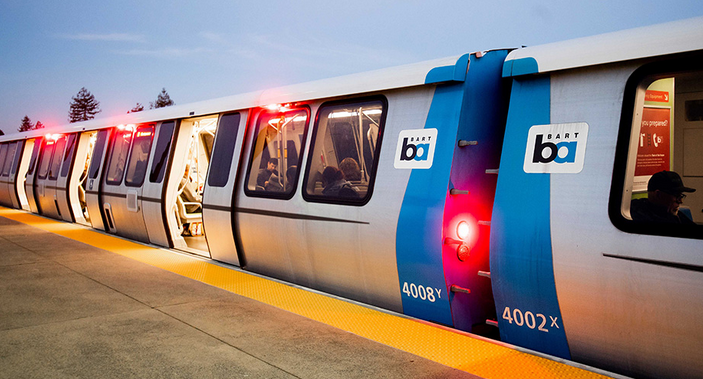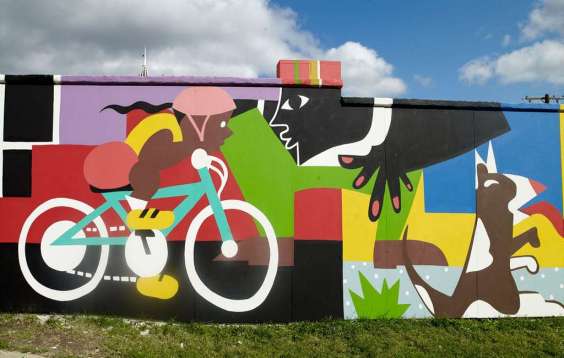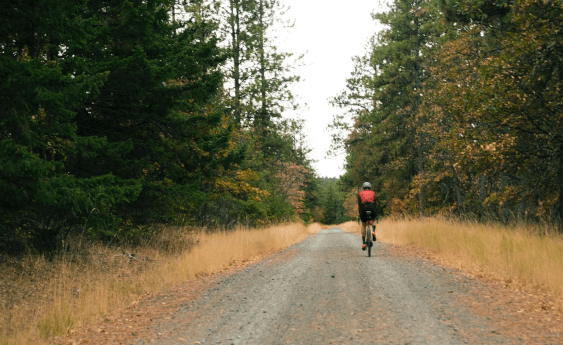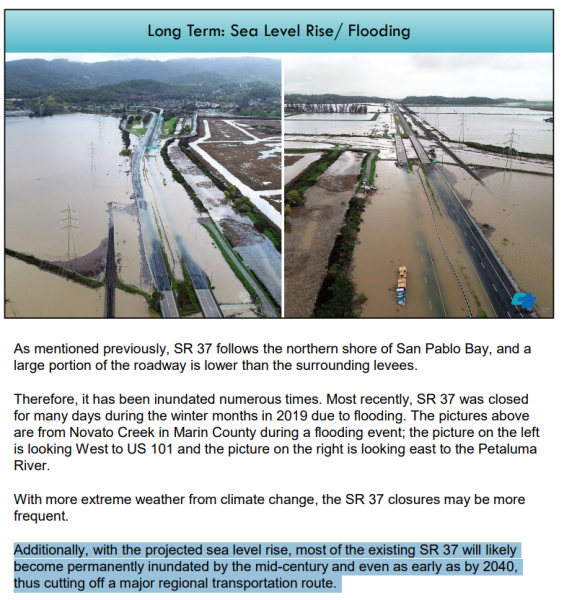California residents living in sprawling suburban developments could save billions of dollars every year if they lived in denser, urban zones and along transit corridors, according to a study released today by smart growth and transit advocates TransForm. Analyzing four metropolitan areas--Southern California, the San Francisco Bay Area, San Diego, and Sacramento--Windfall for All found that shifting populations in those regions to denser development along transit corridors would save save $31 billion per year, or $3,850 on average per household [Report Summary PDF].
In the Bay Area, where annual car ownership costs on average over $8,000 per person, individuals spend roughly $34 billion every year on personal transportation costs, compared to only $4.6 billion spent by public agencies on transit and roads combined. Households with poor access to public transit not only spend double the amount per year on transportation when compared to those with good access to transit, they produce more than double the amount of CO2, a greenhouse gas.
"The most astounding thing is that agencies pinch their pennies on transit and cut back and we feel like we can't afford not to save that service," said Stuart Cohen, Executive Director of TransForm. "We're already spending more than seven times as much as our agencies spend on public transit and roads just on buying and operating our vehicles."
What's more, the report points out that fuel costs represent a small minority of the cost of owning a car, so the craze for electric and other low-emission vehicles will not dramatically reduce the transportation costs for those living far from their jobs and far from transit. The best solution to combating climate change, the report notes, is to build walkable, vibrant communities where residences are situated close to job centers.
The report highlights California's Senate Bill 375 (SB 375), which establishes a legislative framework for mandating smart growth along transit corridors, and it argues there are economic incentives for individuals, developers, cities, and regions for limiting the role of the private automobile in transportation spending.
"By reducing public and private transportation costs and increasing revenues to local governments, SB 375 can help put dollars back in the pockets of consumers and local governments," said Cohen.
Windfall for All counters the claim that SB 375 will be too costly to implement during the current economic crisis with several examples of how planning denser cities and offering alternatives to private car travel can save money.
First, in Sacramento, the Sacramento Area Council of Governments (SACOG) created a 2050 development blueprint that forecasts current development patterns and compared them to smart growth patterns. SACOG found that Sacramento would save $9.4 billion in public infrastructure costs (transportation, utilities, water, etc), $655 million in annual residents' fuel costs and $8.4 billion less for land purchases to offset environmental degradation from sprawl. The city would also see a 300 percent increase in public transit use if the city clustered development around transit within an urban growth boundary.
 Benefits of public transportation for household costs and pollution. Image: TransForm.
Benefits of public transportation for household costs and pollution. Image: TransForm.Another case study from TransForm's report analyzed the promising results from the University of California San Diego's (UCSD) experiment in promoting non-automobile travel to the campus. Rather than build 10 additional parking facilities that had been planned and using parking revenue from three garages built between 2001 and 2007 at UCSD's La Jolla campus, the university invested in shuttles, expanded routes, discount and free fares on transit, as well as facilities for bicycling and pedestrians, all of which has resulted in a dramatic reduction of solo-driver trips. The alternative transportation measures and the costs savings from not building the new garages were so significant, UCSD has frozen the construction of new garages. The USCD model was successful enough to convince the University of California system to require universities to present a business model analyzing the benefits of transit, ride sharing, and bicycle facilities before building new garages.
In the Bay Area, parking regulations are a significant impediment to dense development. In San Leandro, parking minimums of more than two parking spaces for each new home made dense development a planning impossibility. When San Leandro re-wrote its downtown plan, it rezoned to allow 3,400 new homes, more than seven times the limit under the old zoning laws. The first development in the new Downtown Transit-Oriented Development Strategy, The Alameda, designed by San Francisco Architect David Baker, saves $3.9 million by eliminating a level of parking and produces 30 more affordable units, according to the report.
Based on these and other case studies, Cohen suggested California should consider levying a climate impact fee on gasoline to generate enough money to expand public transit options and expand walkable communities while improving the economy and meeting ambitious greenhouse gas targets.
"Building our communities with the expectation that every driver in a family is going to have to own their own car is part of what is part of what is bankrupting families," said Cohen. "The infrastructure for the... roads and those patterns of growth is part of what is bankrupting our public agencies."

Windfall for All Critical Recommendations
- Integrate full economic analysis into planning. The huge dividends from efficient land use become evident once personal costs, not just public budgets, are considered. Without such analysis, we will continue to promote plans and policies that cost too much for families, businesses, and local governments.
- Provide cities and counties with an infusion of funds to engage the community in planning. The state should make funds available for updating zoning codes and parking policies to make more efficient use of land and resources. Identifying strategies to maintain and expand the number of affordable homes is also critical.
- Fund cost-effective public transportation. The state needs to provide leadership and restore funds for public transit, as well as make it easier for regions to raise new revenues with climate-impact fees. Economic analysis could determine whether such fees, if spent in ways that promote more efficient communities, can reduce our overall costs.
- Innovate, evaluate and replicate. There are dozens of innovative strategies – whether an individual program such as car-sharing, or a comprehensive rewards approach such as UC San Diego’s. MTC, the Bay Area’s transportation agency, will soon launch the first “Transportation Climate Action Program.” This program will seed, evaluate and replicate innovative programs. Other regions should follow suit.
- New development should minimize pollution from new residents – or pay to mitigate it. The San Joaquin Valley is encouraging efficient development from the start. New developments that don’t provide walkable communities with convenient transportation choices must mitigate the costs of the air pollution that will be generated by future residents. The state and regional air districts should encourage this same system for mitigating the costs of greenhouse gases.







